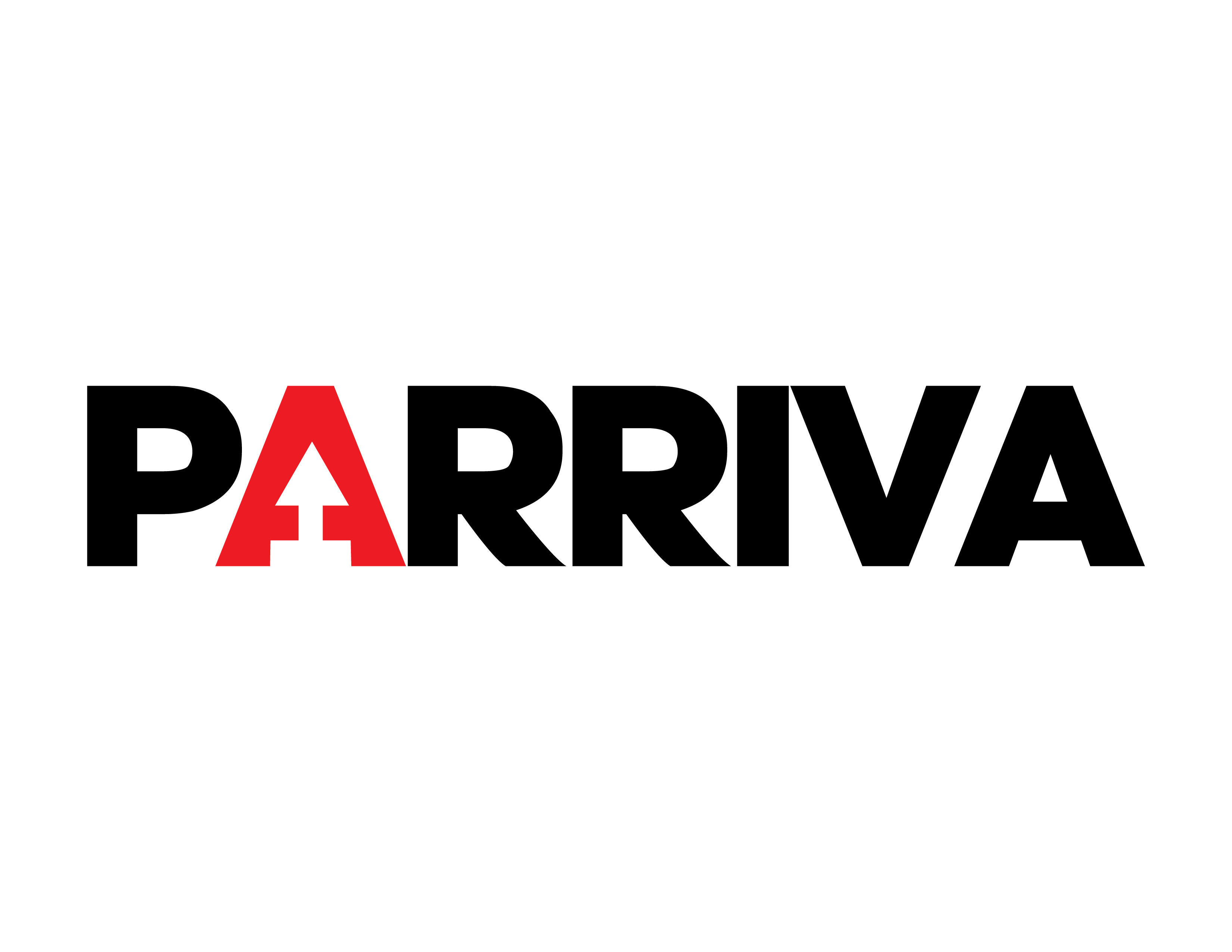Bread is a staple in many households, often enjoyed daily as part of breakfast, lunch, or dinner. But not all bread is created equal. In fact, some processed varieties contain additives and preservatives that may contribute to long-term health issues like heart disease, diabetes, and obesity.
So, how can you enjoy bread without guilt? The answer lies in being mindful of the type you buy—and more importantly, what’s in it.
Why the Type of Bread You Eat Matters
Many packaged breads today are made using the Chorleywood process, a method developed in the 1950s that uses hard fats, chemical additives, and extra yeast to mass-produce bread quickly and cheaply. Today, around 80% of commercially sold bread is made this way.
Unfortunately, this process often strips away nutritional value and adds unnecessary ingredients. If a loaf of bread lists more than five ingredients, and you can’t recognize or pronounce some of them, that’s a red flag.
Healthiest Types of Bread According to Science and Nutrition Experts
Here are the top contenders when it comes to choosing healthy bread:
- Sourdough Bread
Sourdough is often misunderstood as a trendy option, but it’s actually one of the healthiest types of bread you can eat—if it’s made the traditional way. That means using just flour, water, salt, and a naturally fermented starter.
- Why it’s healthy: The fermentation process creates lactic acid, which breaks down compounds that normally block nutrient absorption. It also makes the bread easier to digest and more gut-friendly.
- Pro tip: Buy it fresh from a bakery that uses freshly milled whole grains—you’ll get a loaf free of preservatives and filled with flavor.
Best for: Gut health, nutrient absorption, and lower glycemic impact.
- Whole Grain / Whole Wheat Bread
Whole grain bread includes all three parts of the wheat kernel—bran, germ, and endosperm—making it a powerhouse of fiber, vitamins, and antioxidants.
- Look for: “100% whole grain” or “100% whole wheat” as the first ingredient, and the Whole Grain Stamp on the packaging.
Best for: Heart health, fiber intake, and blood sugar control.
- Sprouted Grain Bread
Sprouted grains are whole grains that have started to germinate, increasing their nutritional profile. The sprouting process breaks down starches, making nutrients more available.
- Benefits: Higher in amino acids, B vitamins, and antioxidants. Easier to digest than traditional grains.
Best for: High-protein diets, digestive health, and sustained energy.
- Gluten-Free Nut & Seed Bread (for gluten-free diets)
Many gluten-free breads are overly processed and lack nutritional value. A better option is to make your own grain-free, nut-and-seed bread packed with healthy fats, fiber, and protein.
- DIY-friendly: It takes only 5 minutes to prep and is perfect for those avoiding both gluten and additives.
Best for: Gluten-sensitive individuals seeking whole, unprocessed options.
What to Look For When Buying Bread
Whether shopping at a bakery or supermarket, here are quick tips to guide you:
- Check the ingredient list: Fewer is better. Ideally, you want ingredients like flour, water, salt, and perhaps natural starters or seeds.
- Avoid: Added sugar, high fructose corn syrup, refined white flour, and hydrogenated oils.
- Look for: High fiber (at least 3g per slice), whole grains listed first, and no artificial preservatives.
Not everyone has time to bake bread at home—and that’s okay. But in a world filled with processed options, a little knowledge goes a long way. Whether you opt for hearty sourdough from your local bakery or a sprouted grain loaf from the freezer aisle, choosing wisely means you can still enjoy your daily bread without compromising your health.








